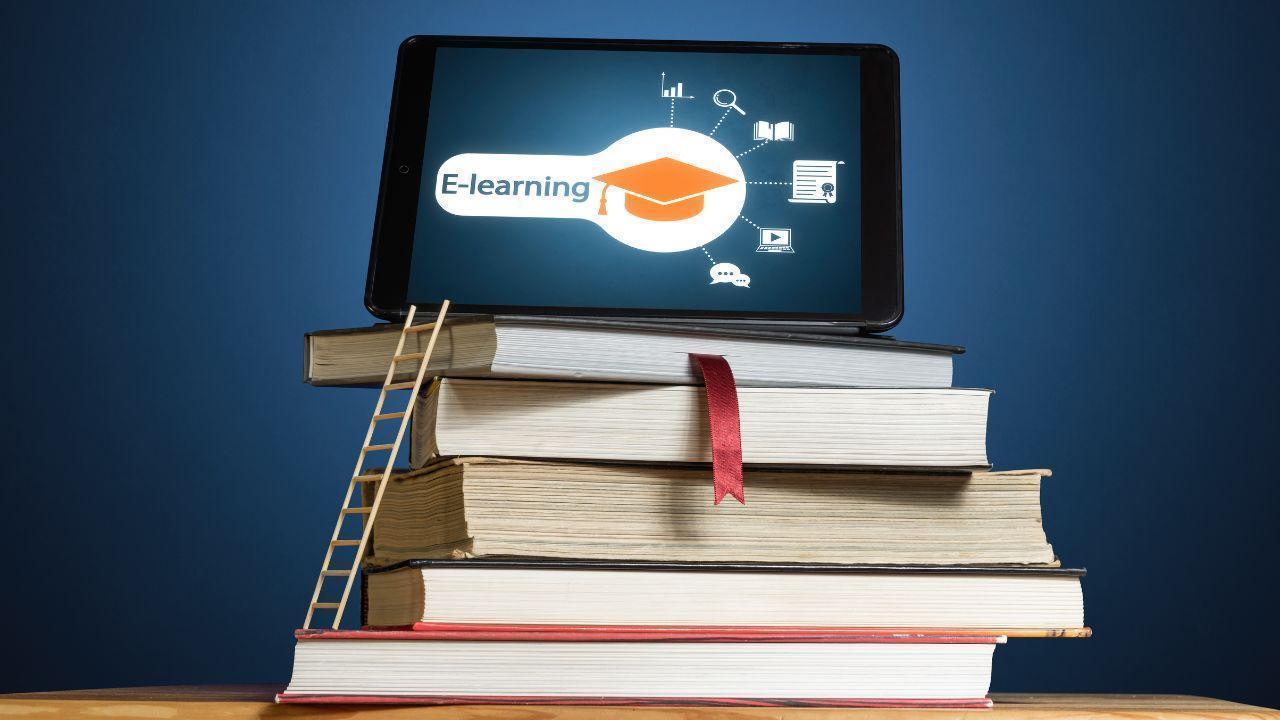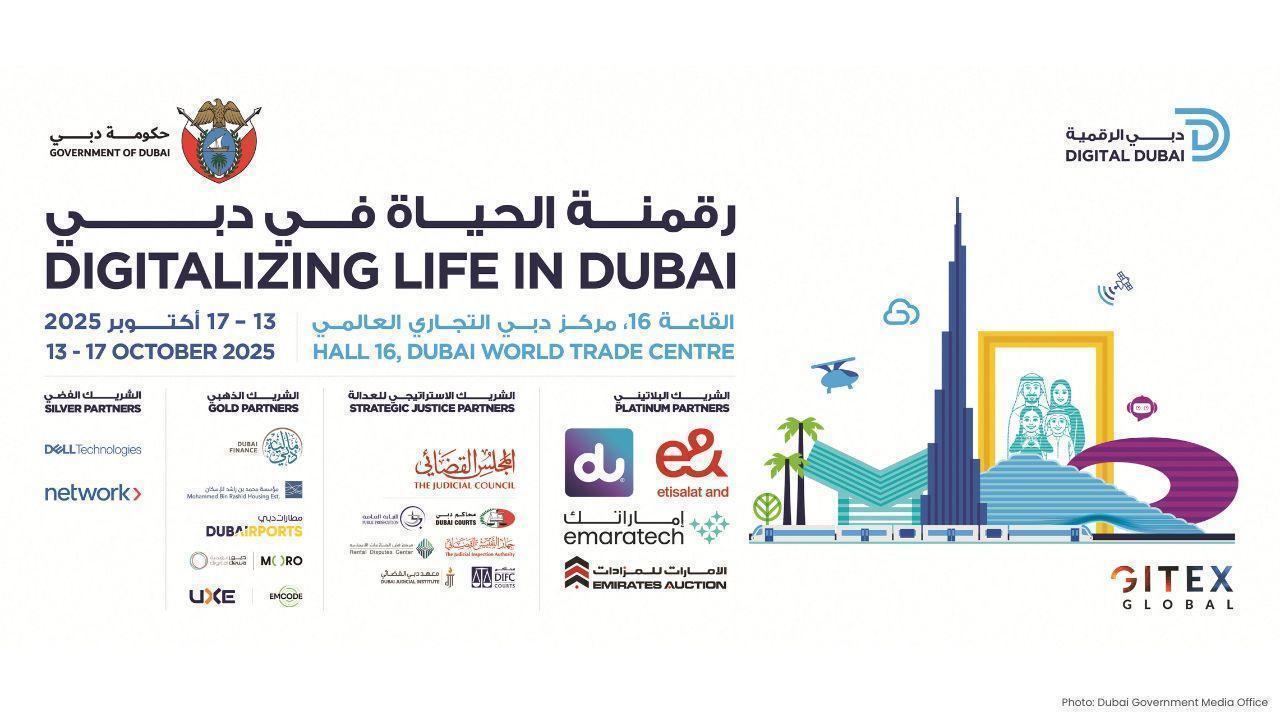
Post by : Vansh
In the modern era, education is undergoing a massive transformation, thanks to the rise of technology in education. The traditional chalk-and-talk model is steadily giving way to dynamic, interactive, and personalized learning experiences powered by digital tools. The concept of the digital blackboard is not just about replacing chalkboards with smart screens; it’s about reimagining how teachers teach and how students learn in the 21st century. This evolution of classrooms, fueled by innovation, is shaping a new generation of learners who are better prepared to thrive in a technology-driven world.
The integration of technology in education has brought about an unprecedented shift in how knowledge is delivered and consumed. From tablets and interactive whiteboards to learning management systems and virtual reality, students today have access to tools that enhance their understanding of complex concepts. Unlike traditional classrooms, where one-size-fits-all teaching dominated, digital education creates opportunities for personalization. Adaptive platforms can identify each student’s learning pace, strengths, and weaknesses, providing customized content to meet their needs.
This shift allows educators to focus more on mentorship and less on repetitive teaching, while students enjoy greater engagement and retention of knowledge.
The digital blackboard has emerged as a central symbol of this educational revolution. Unlike conventional boards, it integrates visuals, animations, and real-time connectivity, making lessons more engaging. For example, a science teacher can use 3D simulations to demonstrate molecular structures or chemical reactions, which helps students grasp concepts far more effectively than static diagrams ever could.
Additionally, digital boards enable collaboration. Students can annotate content, participate in interactive quizzes, and share ideas in real time. This collaborative approach promotes active learning rather than passive note-taking, building critical thinking and teamwork skills.
One of the most significant benefits of educational technology is its ability to break geographical and economic barriers. Online learning platforms bring quality education to remote areas where traditional schooling resources are scarce. Students from small towns or developing nations can now access world-class teachers, recorded lectures, and digital libraries from the comfort of their homes.
Moreover, hybrid learning models, combining in-person and digital sessions, allow flexibility for students balancing academics with other responsibilities. This accessibility is shaping a future where education is not confined to four walls but open to everyone, everywhere.
Traditional classrooms often struggle to address the varying needs of students. However, with digital learning platforms, personalization has become possible on a large scale. Artificial intelligence-driven systems can analyze performance data and adjust content accordingly. A student struggling in mathematics, for instance, can receive additional practice modules, while another excelling in literature can explore advanced texts.
This student-centric model not only increases academic success but also boosts confidence and motivation. Learners feel more in control of their education, which fosters curiosity and independence.
The digital blackboard is not just about academic learning; it’s also about preparing students for a world where technology is integral to every profession. By incorporating tools like coding platforms, data visualization software, and digital collaboration apps, schools are equipping students with future-ready skills.
Employers today seek candidates who can adapt quickly to new technologies, solve problems creatively, and collaborate across digital platforms. By engaging with these tools in the classroom, students gain early exposure to the digital skills essential for their careers.
While the benefits of technology in education are undeniable, challenges remain. Infrastructure gaps, particularly in rural areas, hinder widespread adoption. High costs of devices, software, and training can also act as barriers. Additionally, there is the risk of digital distractions, where students misuse devices for entertainment rather than learning.
Teachers, too, face challenges in adapting to new teaching methods. Training and professional development are essential to ensure they can maximize the potential of digital tools. Addressing these challenges requires coordinated efforts from governments, institutions, and communities.
Looking ahead, the future of digital education appears promising. Advances in artificial intelligence, augmented reality, and virtual reality will make classrooms even more immersive. Imagine students taking a virtual trip to ancient Egypt, exploring the pyramids in 3D, or simulating a surgical procedure in a medical class. These innovations will redefine experiential learning, bridging the gap between theory and practice.
The digital blackboard is just the beginning. As educational institutions embrace innovation, classrooms will evolve into dynamic hubs of creativity, critical thinking, and collaboration.
The views, opinions, and insights shared in this article are intended solely for informational purposes and should not be taken as professional or authoritative advice. Readers are encouraged to verify information independently before making any related decisions. MiddleEastBulletin news is not responsible for any reliance placed on the content herein.
#trending #latest #DigitalBlackboard #EdTechRevolution #FutureOfLearning #SmartClassrooms #EducationInnovation #TechInEducation #LearningTransformed #21stCenturyEducation #EdTechSolutions #GlobalEducation #GCCNews #GCCUpdates #GCCTech #GCCInnovation #ArabWorldNews #GCCTrends #DigitalGCC #GCCBusiness #GCCFuture #GCCTechnology #GCCInsights










Dodgers Win Game 1 of Wild Card Series Against Reds
The Dodgers beat the Reds 10-5 in Game 1 of the Wild Card Series. Ohtani and Hernández hit two home

Tyreek Hill Suffers Major Knee Injury, Out for the Season
Miami Dolphins' star receiver Tyreek Hill tears ACL and other ligaments in win over Jets; season-end

China Raises Flag at Disputed Shoal in National Day Ceremony
On China’s National Day, its coast guard held a flag ceremony at Scarborough Shoal, asserting contro

Netanyahu Bets Big on Trump’s Gaza Plan, Faces Home Risks
Netanyahu supports Trump’s Gaza peace plan to regain global support, but his far-right partners in I

Ukraine’s frontline cities face fear but refuse to give up
In Ukraine’s frontline towns, people live with fear and danger daily, yet they show courage, refusin

US Government Shuts Down After Congress Fails to Agree
On October 1, 2025, the U.S. government began a partial shutdown due to Congress's inability to pass